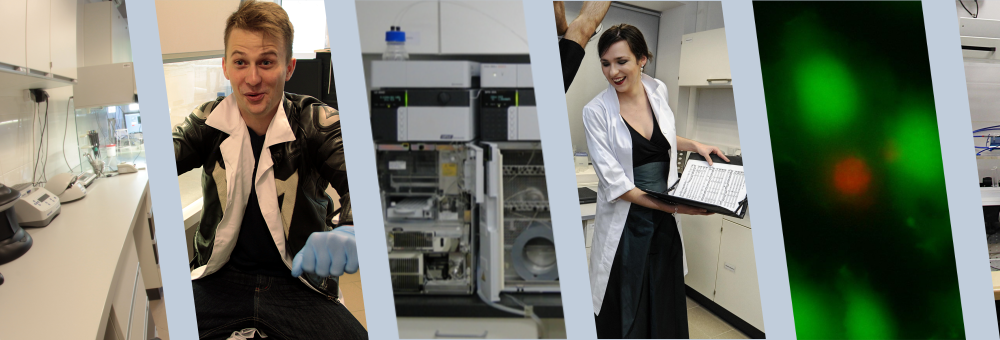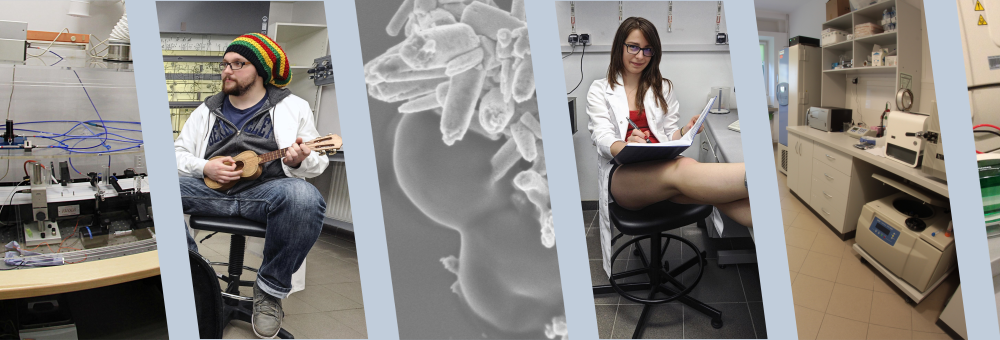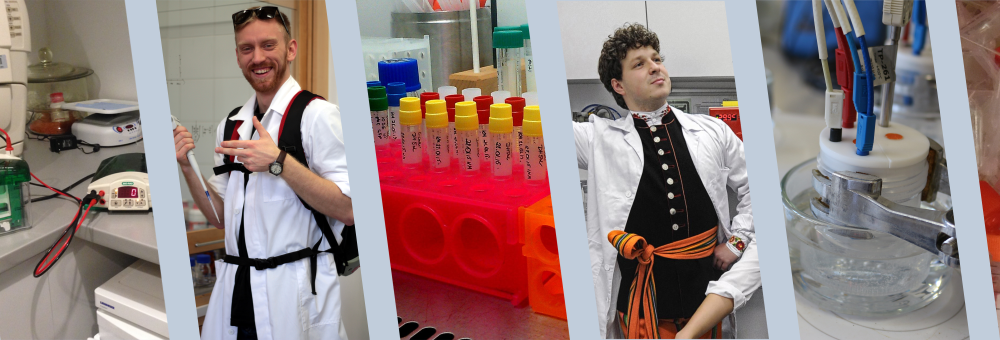Publication
Transport of Mass at the Nanoscale during Evaporation of Droplets: the Hertz-Knudsen Equation at the Nanoscale
Author(s): Zientara, Marcin and Jakubczyk, Daniel and Litniewski, Marek and Holyst, Robert
Title: Transport of Mass at the Nanoscale during Evaporation of Droplets: the Hertz-Knudsen Equation at the Nanoscale
Abstract: The applicability of the Hertz-Knudsen equation to the evolution of at the nanoscale was investigated upon analysis of existing dynamics (MD) simulations (Holyst; et al. Phys. Rev. Lett. 100, 055701; Yaguchi; et al. J. Fluid Sci. Technol. 2010, 5, Ishiyama; et al. Phys. Fluids 2004, 16, 2899-2906). The was found satisfactory for radii larger than similar to 4 nm. of the Gibbs equimolecular dividing surface and the surface of were utilized in order to accommodate the surface phase density temperature profiles, clearly manifesting at the nanoscale. The dividing surface was identified as the surface of the A modification to the Tolman formula was proposed in order to surface tension for droplet radii smaller than similar to 50 We assumed that the evaporation coefficient for a system in and out equilibrium may differ. We verified that this difference might be to surface temperature change only. The empirical of the evaporation coefficient and the surface tension for flat interface, of liquid Ar in Ar gas at equilibrium, at the upon temperature was taken from existing MD data. Two of the Hertz-Knudsen equation were proposed: (i) one the off-equilibrium condensation coefficient and the effective and (ii) another one using the effective density and the at the interface. The second parametrization leads to an solution of the Hertz-Knudsen equation requiring no free Such a solution is suitable for experimental use at the nanoscale if only the temperature of the droplet (core) can be measured.
Pages: 1146-1150
Journal: JOURNAL OF PHYSICAL CHEMISTRY C
Volume: 117
ID: ISI:000313932800049
Year: 2013
DOI: 10.1021/jp3091478









